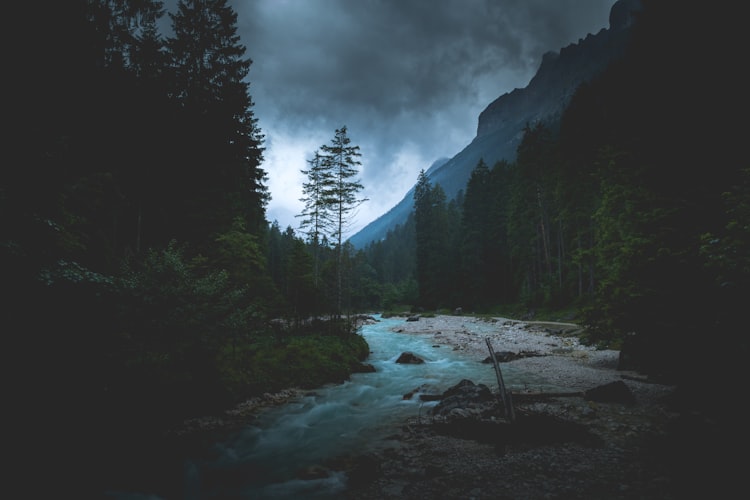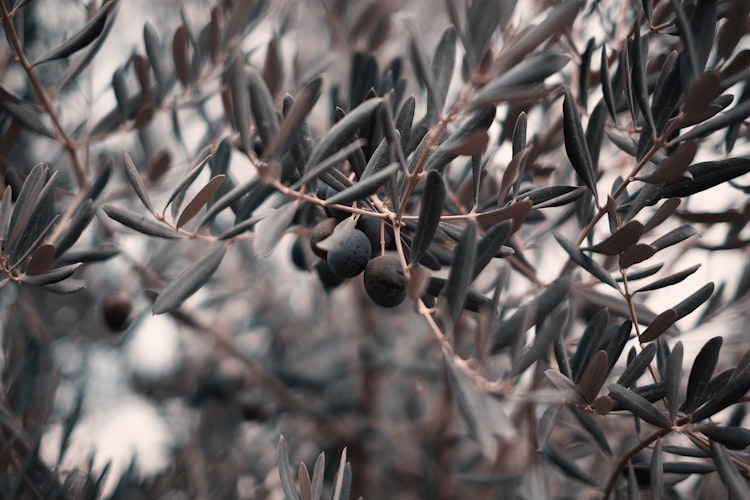Stone Soup #3: The Magical Fruit - A Fuckton of Delicious Beans and Salade de Haricots
Stone Soup is an ongoing quarantine feature in which I come up with a recipe that uses the impossible thing in your cupboard, without making you go to the store or wasting any of your ingredients. Yesterday, we figured out how to make sense of farro.
Rebecca says:
I am thinking of "Upright Women Wanted" and the scene where Esther offers putting a little wine or vinegar or lemon in the soup to help tenderize it, and how shocked are the other people in the fire circle. The idea that she knows how to cook, and that she has this good idea, in the context of the community knowing they need the protein of the beef jerky though it is tough, in with the beans in the pot. They have to eat it, but it is not delicious. And Esther knows how to transform it.
So the food in my cupboard is vinegar and beans! We have 6 kinds of beans, and four kinds of vinegar. We are vegetarians in this house so we don't need to tenderize meat, but vinegar is really a miracle food in a pot of stew, but here's the thing. We just ran out of canned tomatoes last night, so we are in a quandary of what our next steps are.
Beans: Central American red, yellow split, green lentils, black turtle beans, garbanzos, and Dominican red.
Vinegars: rice vinegar, balsamic, red wine vinegar, raspberry vinegar, and a little apple cider vinegar
Rhizomes: ginger. turmeric.
Other vegetables: potatoes, carrots.
Fresh herbs: Parsley, cilantro, green onion, kale.
Alliums: plenty: garlic, onion, but Jo is allergic.
Rebecca also helpfully included a photo of her alphabetized spice cabinet. If your spice cabinet isn’t already alphabetized, I highly recommend it. It doesn’t actually help me find things faster, but it does make me feel smug and virtuous.
I included that first paragraph because I think many of us are grappling with this quandary: we have to eat the thing, it is right and responsible to eat the thing, the thing is all we have… but the thing is not delicious. And where is that more evident than with legumes? Making beans and lentils delicious is a magic trick, and if you don’t know how to pull that magic trick off, eating them can feel like a responsibility.
It doesn’t have to be that way.
So, let’s talk about some options for making…
A Fuckton of Delicious Beans
Act one: Cooking the Legumes.
This is the most time-intensive part, but I’ve got great news for you: you can cook beans ahead of time and freeze them. They thaw out like a dream, and then you’ve got cooked beans for a million years! You can also freeze cooked lentils. (I don’t have a lot of Split Pea Wisdom; the internet tells me you can freeze split pea soup, but I’ll stay in my lane on this one and leave the split peas to someone else).
Step one: Soak ‘em. This is apparently controversial, and lots of people will advocate for not soaking beans at all or quick-soaking them by boiling them and then letting them sit in the water for an hour. But personally, I like to soak beans overnight — there’s something satisfying about the process, and it’s so goddamn easy. You just put the beans in a big bowl, cover them with several inches of water, cover the bowl, and then go to bed. You’ll want to do this to red beans, black beans, and garbanzos. Remember, you don’t need to soak your lentils ahead of time.
Step two: Legume cookery. Cook each type of legume separately, because they might want different amount of cooking time, but you can follow these same instructions for each batch. Drain your soaked beans, or rinse your dry lentils, then put them into a big pot of water. Rebecca’s spice cupboard includes bay leaves, so I’ll advise tossing a few of those into the big pot. If nobody in your home is allergic to alliums, this is a good place to throw in a lot of garlic and a quartered onion, too — but since Jo is allergic to alliums, we’ll leave those out. If you have any lemon peels, they’d be nice here, too.
Bring the pot to a sturdy boil, then reduce to a very gentle simmer. Stir occasionally. Add more water when you need to. The different kinds of beans will take 1-3 hours to cook. You’ll know for sure that they’re done when you can lift out a spoonful, blow on them hard, and see the skins start to lift. Green lentils will take about 40 minutes to cook, and you’ll know that they’re done when they’re tender but still toothsome (green lentils are particularly toothsome. Toothsome is such a good word.) You can also just do a taste-test, but not too soon — eating raw or uncooked beans can be toxic.
Once your legumes are cooked, drain them thoroughly. At this point, you can pack up portions in jars, tupperwares, or ziploc bags, seal them up tight, and freeze them.
Act 2: What are you going to do with all these beans
Now you have all these cooked legumes. What are you going to do with them? You can make barbecue sauce and bake them, or whip up a curry, or put them in marinara sauce instead of meat to add heartiness to your pasta. But if you want something a little sharper, fresher, and unexpected, how about…
Salade de Haricots
(I’m calling it that because the phrase ‘bean salad’ is a sadness)
Step one: Chop up some stuff into a very fine mince. Thoroughly wash your produce. If no one in your home is allergic to alliums, I’d recommend using green onion and garlic here, but leave them out if they’ll do bad things to your body. Also mince an inch of ginger, and chop up some cilantro, some parsley, and one big leaf’s worth of ribbed kale. Wash and grate half of a carrot. Also, measure out and set aside: a quarter cup red wine vinegar, a quarter cup balsamic vinegar, two tablespoons of water.
Step two: Cook some stuff. Toss the green onion, garlic, and ginger into a medium pan with a very little bit of any kind of oil. Cook until fragrant — about a minute to a minute and a half. Add the vinegars and water to the pan. If you want some heat, this is a good moment to add some chili flakes, chili oil, chili paste… I don’t know, whatever chili instruments you might have handy. Stir constantly for another couple of minutes, then turn the heat off and toss in chopped kale. Keep stirring to give the kale a chance to soften up.
Step three: Bring everything together. In a big bowl, combine the stuff that’s still on your cutting board — carrot, cilantro, parsley — plus you just cooked on the stove, then add a cup of each type of legume you’ve got. Garbanzos, black beans, red beans, and green lentils will be very happy here. (Yellow or red lentils and split peas, not so much. Leave them out.) Pour a hearty drizzle of good olive oil on there. A little sesame oil wouldn’t hurt, if you’ve got it. Season well with salt and black pepper.
That’s it. You can serve this warm or cold, and it should keep in the fridge for a couple of days.






Member discussion